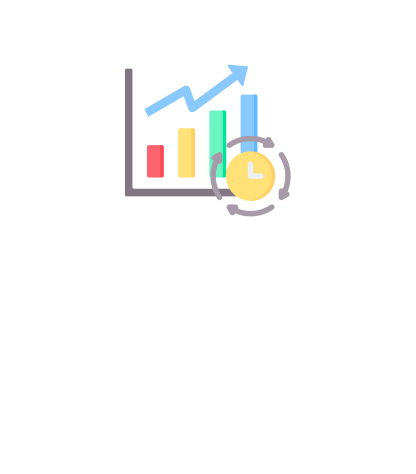Why Use W. D. Gann’s Principles for trading?
Utilising Gann Principles for trading offers a unique and powerful approach to market analysis that has withstood the test of time. Developed by the legendary trader and financial analyst W.D. Gann, these principles are rooted in mathematical and geometric concepts, providing traders with a systematic framework to interpret market movements.
Gann's approach
Gann's approach goes beyond traditional technical analysis, incorporating elements such as time and price symmetry, angles, and cyclical patterns. By understanding and applying Gann Principles, traders gain insights into potential market turning points, trend direction, and the timing of significant price movements.
One key aspect contributing to the success of Gann principles is their versatility across various financial instruments and timeframes. Whether applied to the stock market, commodities, forex, or indices, Gann analysis can offer valuable insights. Additionally, the incorporation of time factors in analysis enables traders to anticipate potential trend changes and reversals with a level of precision that traditional methods may not provide.
Successful traders using Gann principles often emphasise the importance of combining these techniques with proper risk management and a disciplined trading strategy.
By integrating Gann's unique approach into their trading arsenal, individuals can gain a competitive edge and a deeper understanding of market direction, ultimately contributing to more consistent and successful trading results.
W. D. Gann Principles
W. D. Gann June 6, 1878 – June 18, 1955)
W. D. Gann, a legendary trader and analyst, developed a set of principles and rules for trading based on his extensive research and experience. While Gann's trading rules are subjective and open to interpretation, here are some key principles that are often associated with Gann analysis:

Trend Determination
Gann advocated for identifying the trend and trading in the direction of the prevailing trend. He used percentages and angles to determine the direction of a trend. A trend is considered up when prices are consistently making higher highs and higher lows, and vice versa for a downtrend.






